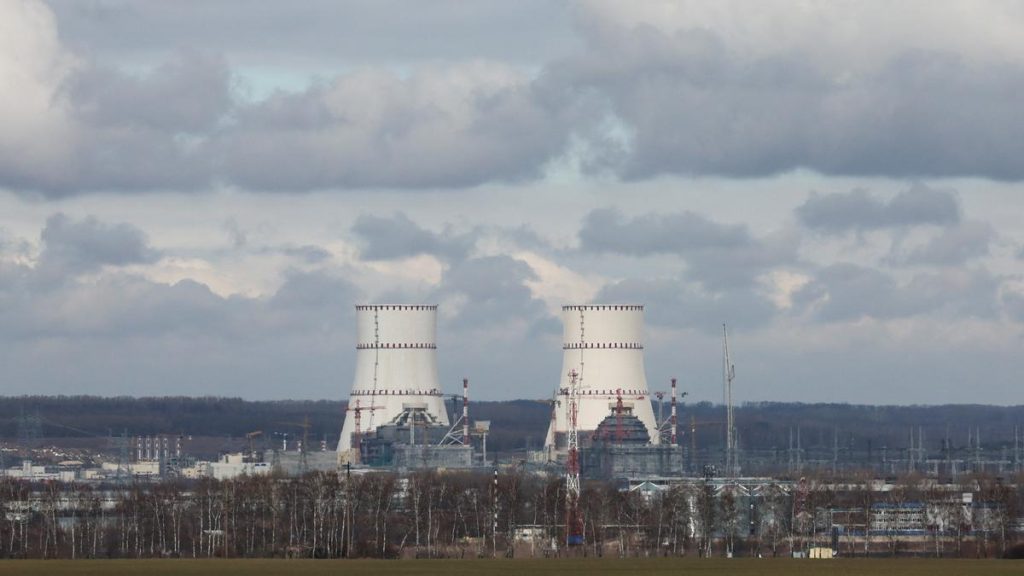
The Kursk Nuclear Power Plant (KNPP) in Kursk, Russia.
The enrichment centrifuge is a device used to extract uranium-235 isotope from a sample of natural uranium. U-235 is fissile and thus useful to generate nuclear power and to build nuclear weapons.
Natural uranium consists of 99.3% U-238 and 0.7% U-235. Nuclear power reactors need the uranium fuel to contain 3-20% U-235, depending on the reactor design. Nuclear weapons need U-235 to be enriched to around 90%.

The first step for both technologies is to enrich uranium in a centrifuge. This device is named for the centrifugal force: it contains a chamber attached to a rotor. When the rotor spins the chamber very fast, the centrifugal force acts on objects inside such that the denser ones are moved more outwards. The amount of this force is equal to the mass of the molecule multiplied by its distance from the centrifuge’s centre and the square of the angular velocity (Fc = m × ω2 × r).
Uranium is converted to compound form (usually uranium hexafluoride, UF6), then to gas, and flowed into centrifuges. U-238 is slightly more dense than U-235, so as the centrifuges spin at 50,000 revolutions per minute, more U-235 collects towards the centre.
This mass is then diverted to more centrifuges to further separate U-238 out. Over multiple stages, the sample becomes more enriched in U-235.
The spinning part is made of some light yet strong material that doesn’t disintegrate during such extreme motion, like carbon fibre.
Published – March 31, 2025 05:19 am IST


